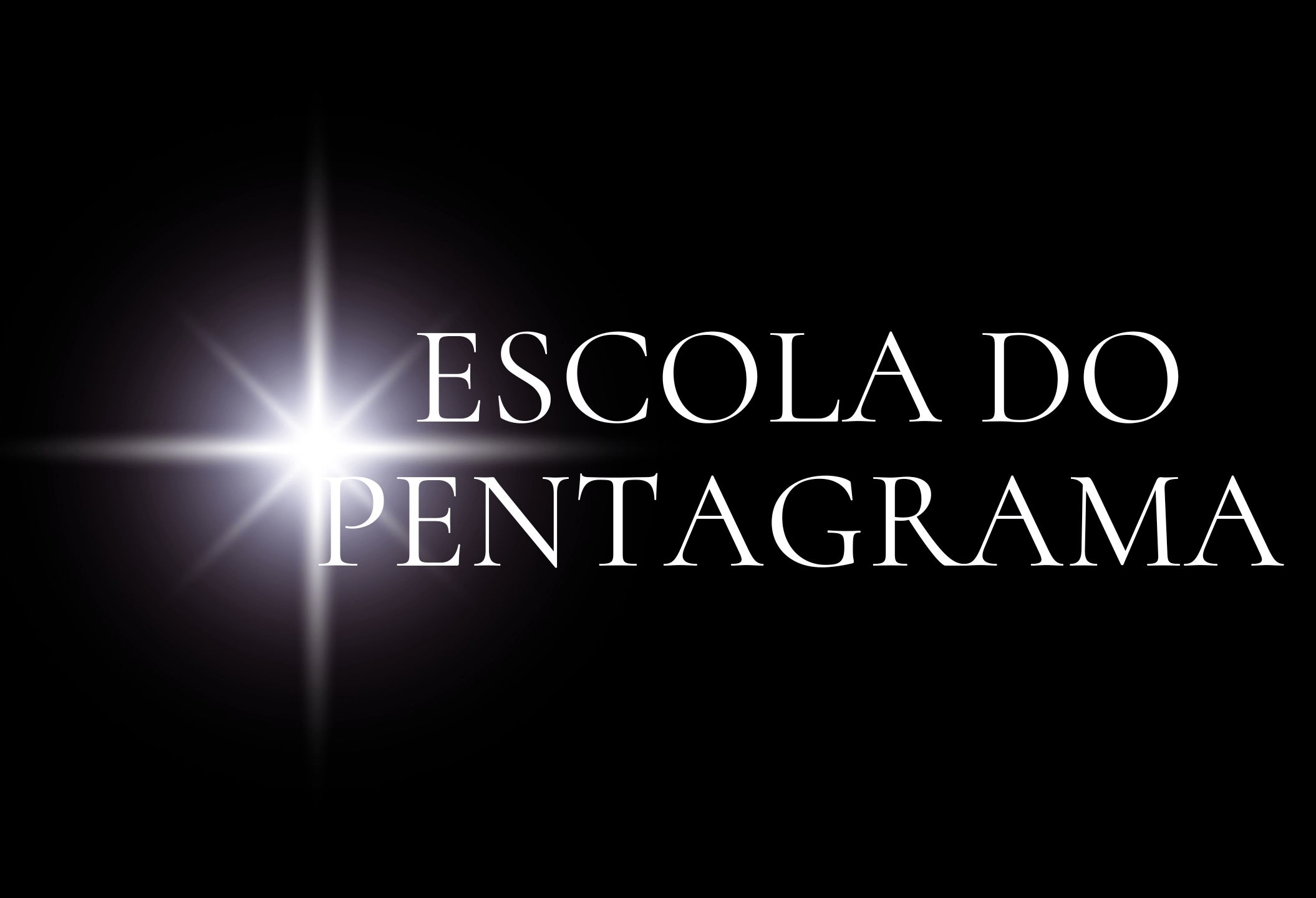Mediumship is a phenomenon present in various cultures throughout history: it is the ability attributed to certain individuals to mediate communications between the spiritual and material worlds. But what does science have to say about it? Without imposing beliefs or denying personal experiences, we explore in a curious and respectful way what scientific investigation has discovered (and still seeks to understand) about mediumship.
Various scientific disciplines, each with its specific perspective, have dedicated themselves to investigating mediumship. Together, these approaches form a multidimensional view of the phenomenon.
Psychology has studied mediumship as a phenomenon of altered states of consciousness, dissociation, and unconscious creativity. Examples include the work of William James with mediums and Carl Jung’s reflections on experiences of the collective unconscious.
Neuroscience has investigated brain activity during mediumistic experiences using electroencephalography (EEG) and functional magnetic resonance imaging (fMRI), as seen in studies by Peres et al.
Parapsychology, since the 19th century with Allan Kardec and more recently with Dean Radin, investigates so-called "anomalous" phenomena under controlled methodologies.
Psychiatry differentiates healthy mediumistic experiences from pathological conditions, such as dissociative disorders.
Throughout history, different cultures have interpreted mediumistic experiences in varied ways, shaping their spiritual practices according to their social and religious contexts. Understanding these roots allows us to grasp the universality of the phenomenon and its diverse expressions.
In Ancient Egypt, priests performed rituals to communicate with gods. In Ancient Greece, the Oracle of Delphi, through priestesses (Pythias), transmitted messages considered divine. In the Americas and Africa, shamans and African healers such as the Sangomas entered altered states of consciousness to mediate between spiritual and material worlds. In Asia, Shintoism in Japan includes rituals for communication with ancestral spirits, while in Mongolian shamanism, "boos" act as spiritual intermediaries. In Brazil, Spiritism, popularized by Allan Kardec in the 19th century, remains influential to this day.
Thus, mediumistic manifestation is a universal human phenomenon, adapted to the beliefs and values of each civilization.
Furthermore, famous mediums and psychics such as Edgar Cayce, known as the "sleeping prophet," and Chico Xavier, renowned for his extensive psychographic work, helped popularize the study and perception of mediumship in the 20th century, drawing interest from both academic researchers and spiritualists.
Delving deeper into what scientific research has revealed about mediumship, several foundational works stand out.
William James studied mediums like Leonora Piper, weighing spiritual and psychological hypotheses.
Carl Jung developed the concept of the "collective unconscious," reflecting on mediumistic experiences as access to deep archetypes.
The fMRI study conducted by Peres et al. (2012) revealed distinct brain activity during psychography, suggesting that the phenomenon is not merely conscious simulation (Peres et al., 2012).
Dean Radin’s research has studied the influence of consciousness on physical systems under controlled conditions (Radin et al., 2006).
Science recognizes that altered states of consciousness can occur without being associated with pathology and that distinct neural activity is observable during mediumistic experiences.
However, several mysteries remain open. The origin of mediumistic messages — whether they are unconscious creations, telepathic phenomena, or communications with external consciousnesses — is still debated. Moreover, the scientific community continues to seek objective methods to validate the authenticity of information transmitted through mediumship.
Thus, while science has advanced in describing the processes associated with mediumistic phenomena, many fundamental questions remain unanswered, inviting further exploration.
Mediumistic trance states are characterized by changes in prefrontal cortex activity, responsible for planning and self-awareness, and increased activation of areas linked to imagination and memory.
Mediumistic experience is often reported as spontaneous, perceived as something "received" without conscious control. For instance, mediums frequently describe the sensation of their hands moving independently during psychography. In contrast, active imagination, as proposed by Carl Jung, is a deliberate process of interacting with inner images, used therapeutically to explore the unconscious.
While both involve deep mental imagery, they differ significantly in intentionality and subjective experience.
Traditional neuroscience suggests that consciousness emerges from brain functions. However, alternative theories, such as Dean Radin’s Non-Local Consciousness Hypothesis, propose that consciousness might exist independently of the brain. This debate represents one of the greatest philosophical and scientific challenges of our time.
Studying mediumship through a scientific lens does not diminish its mystery — rather, it reveals the immense richness and complexity of human consciousness. The true journey lies in integrating reason and spirituality, expanding our understanding of existence without fear of venturing into the unknown.
With advances in neuroimaging technologies, artificial intelligence, experimental parapsychology, and even quantum consciousness models, the future promises new bridges between the material world and the world of consciousness. Collaboration among science, spirituality, and philosophy will be essential to navigate these frontiers. Exploring these territories may uncover answers not only about mediumship but also about the very nature of being human.
May we never lose the courage to study with an open mind and an awakened heart.
References
#Mediumship#ScienceAndSpirituality#ConsciousnessStudies#NeuroscienceOfConsciousness#AlteredStates#Parapsychology#SpiritualScience#PsychicPhenomena#CarlJung#WilliamJames#EdgarCayce#ChicoXavier#MysticismAndScience#MindAndSpirit#ExploringConsciousness#ScientificSpirituality#SpiritualResearch#MediumisticTrance#SpiritualityAndScience#OpenMindResearch
